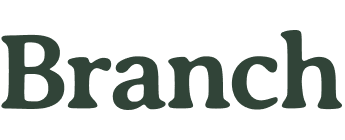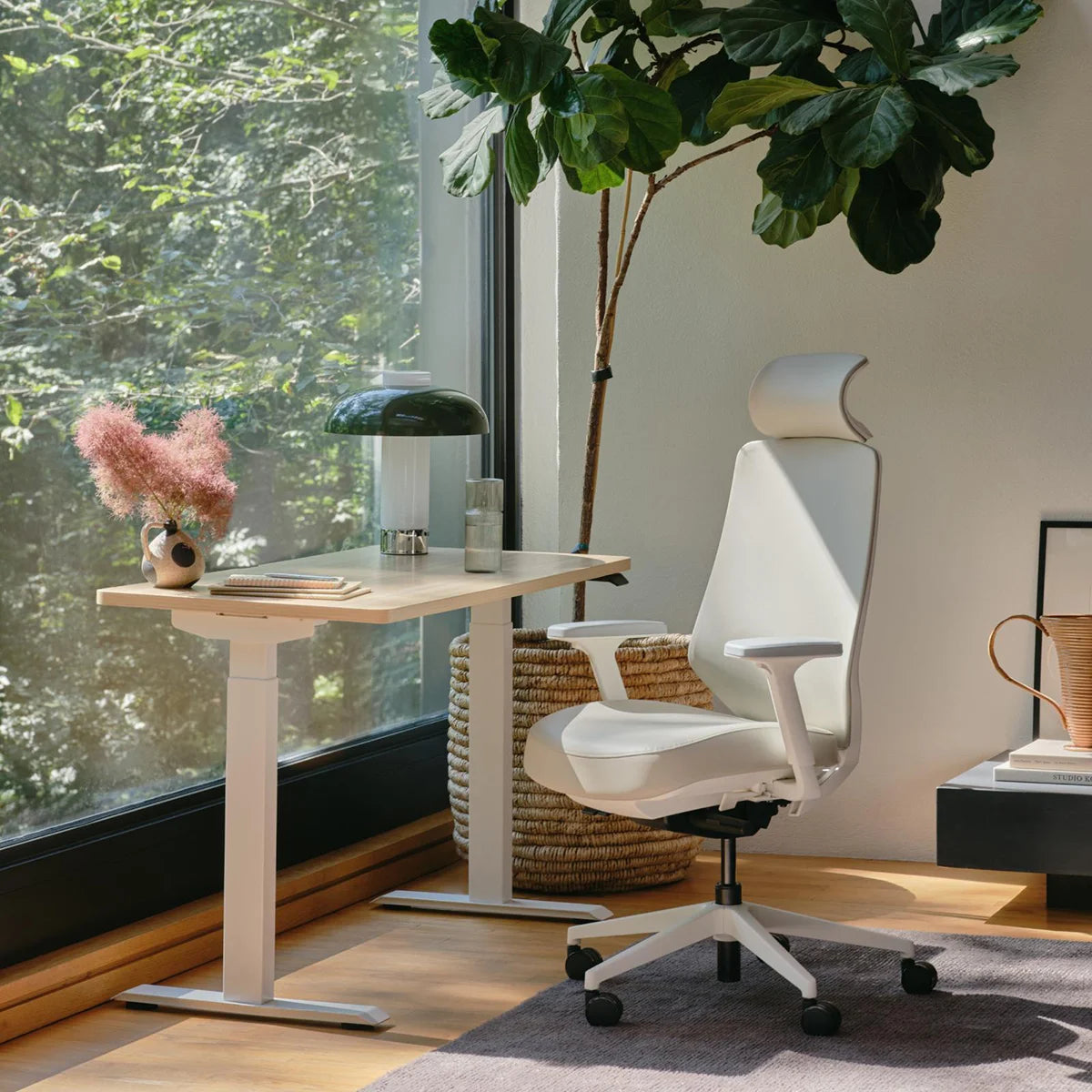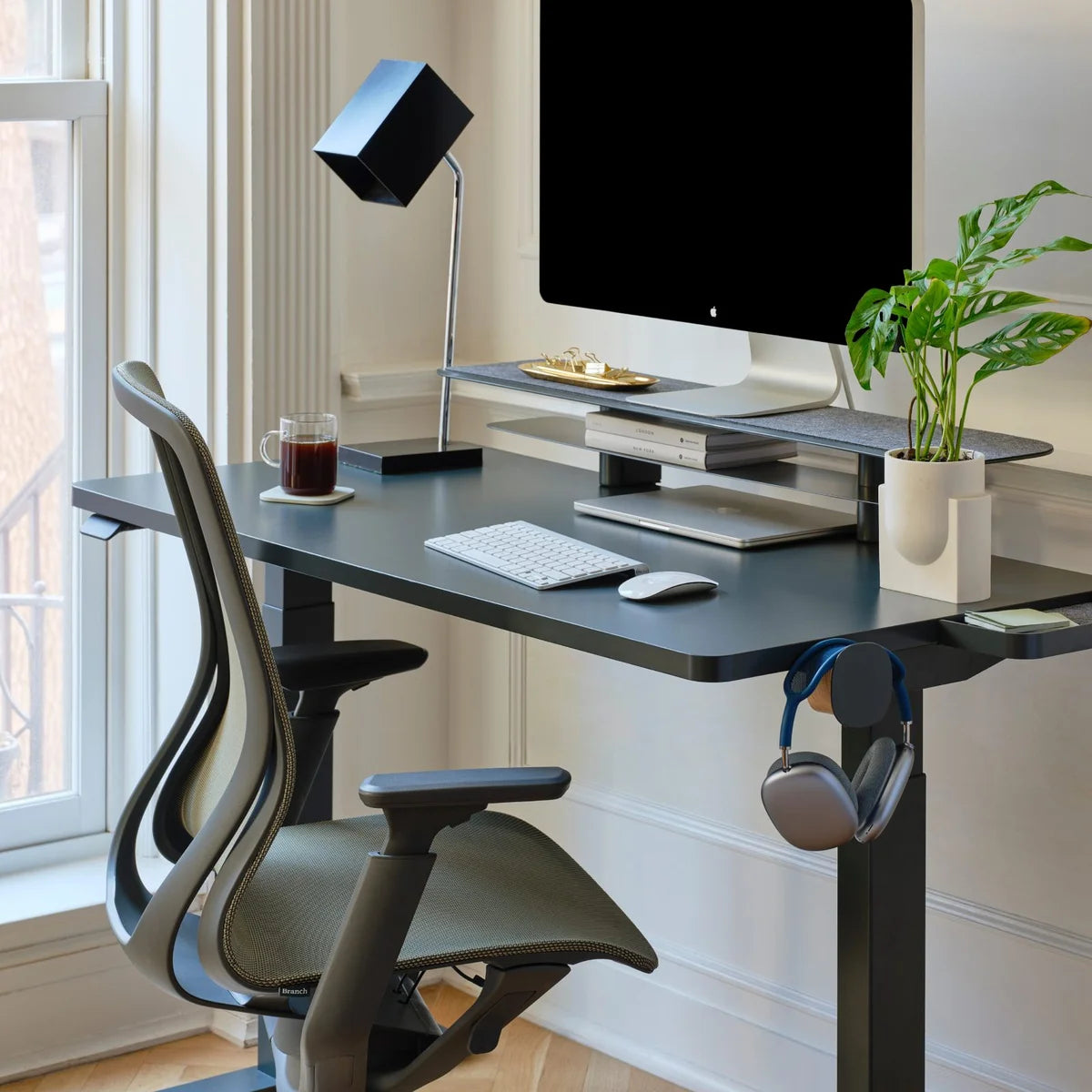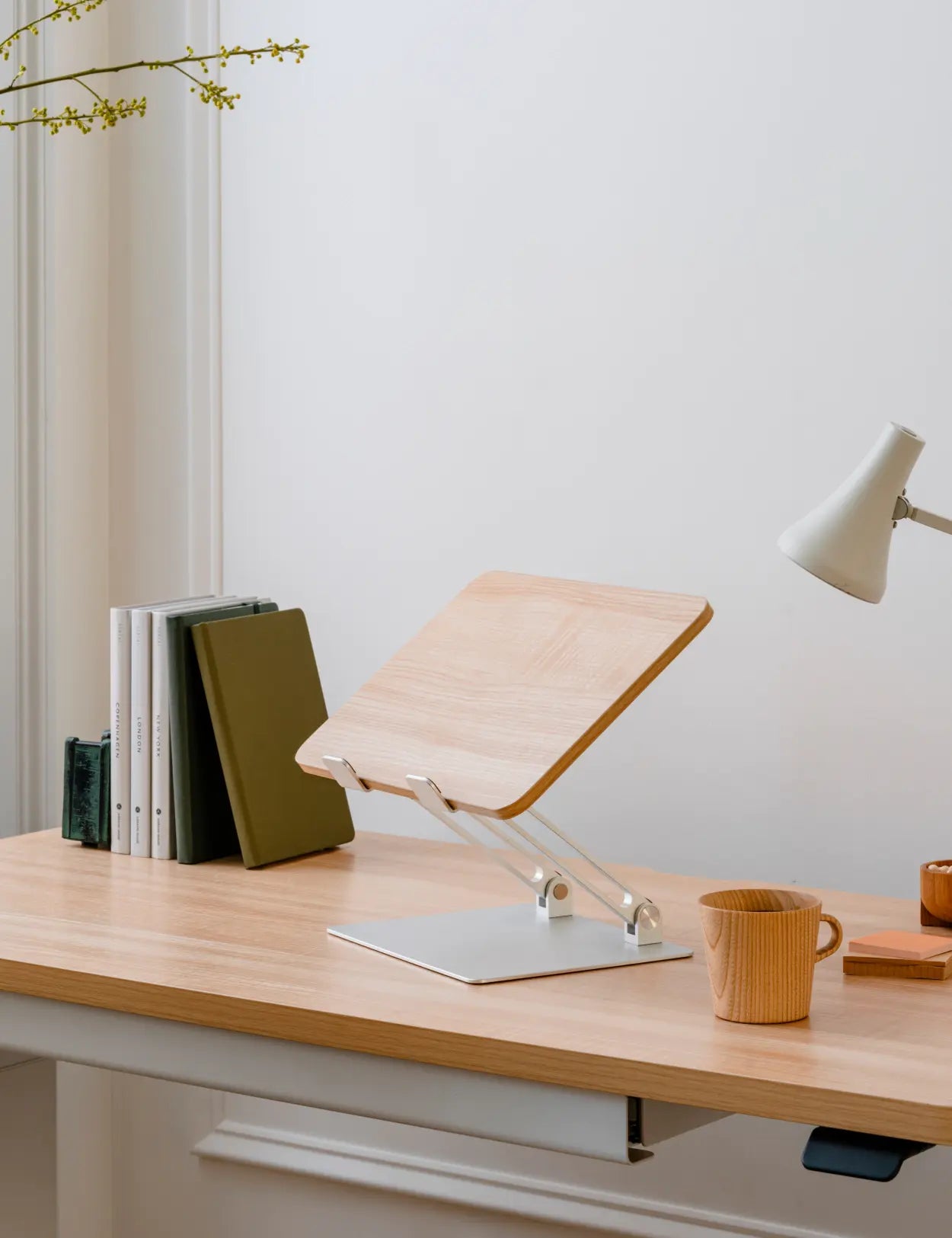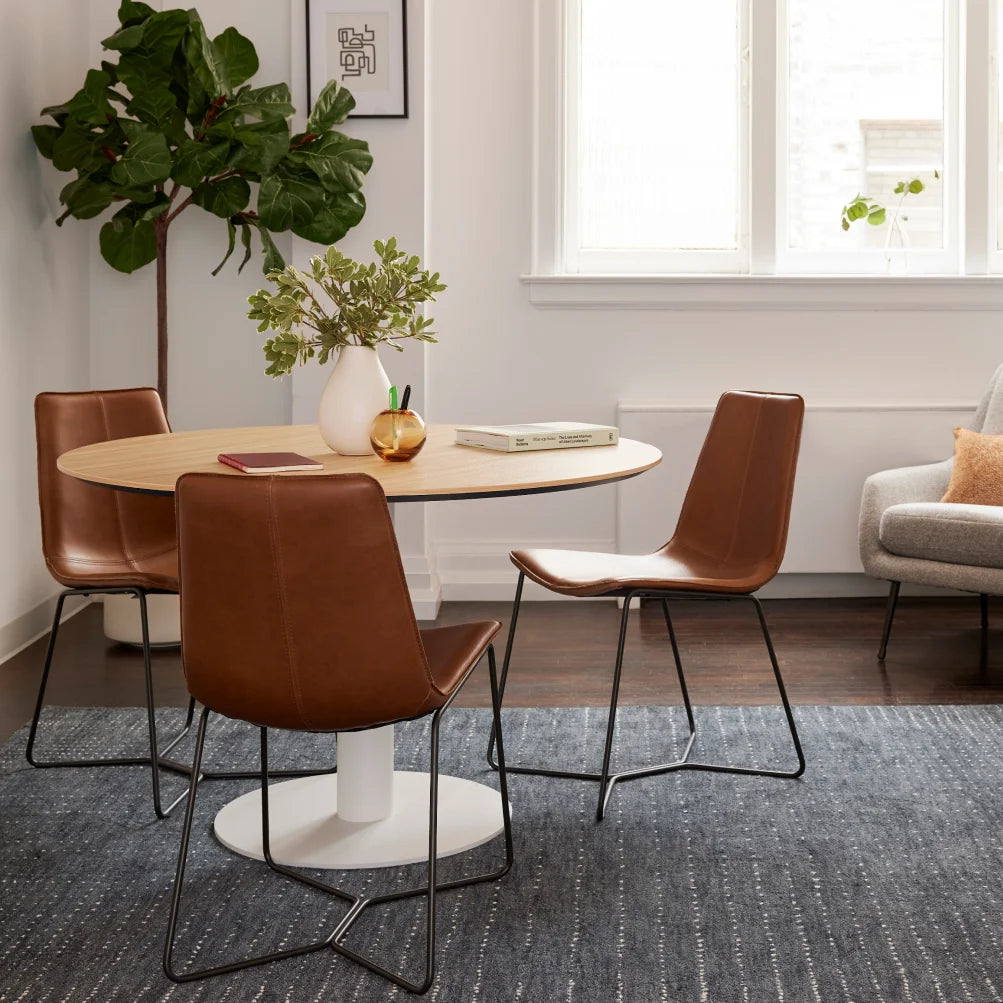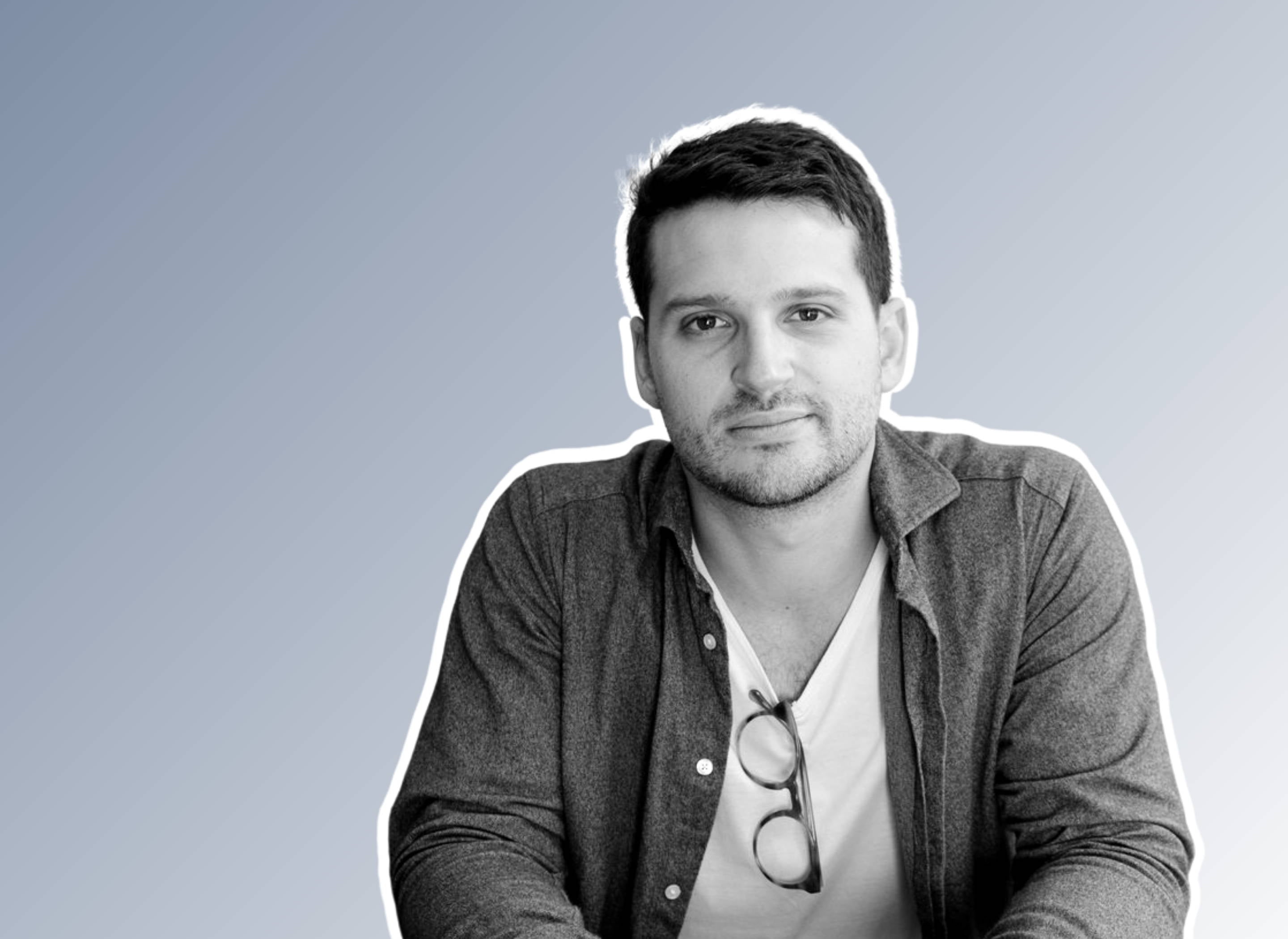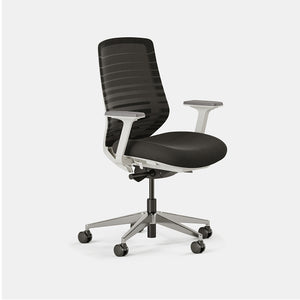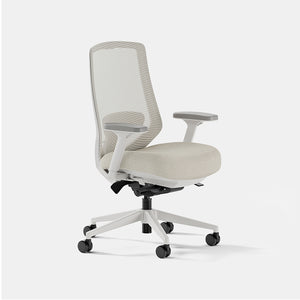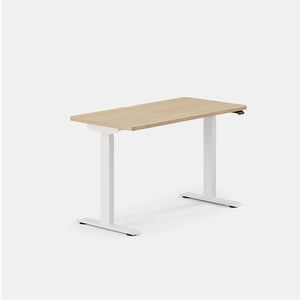David Roger, the Co-founder and CEO of eyewear company Felix Gray, shares his insights on on what makes a good leader, how he manages to stay productive at home , and how his brand plans to fortify their ecommerce strategy.
Home Work Issue No. 5: David Roger, Co-Founder & CEO of Felix Gray
David Roger founded Felix Gray, the first Blue Light blocking glasses company, after personally experiencing the struggles of digital screens. Unsatisfied with the bulky goggles available some years back, David set out to create a digital-first brand with timeless frames and the best Blue Light blocking technology on the market. Our chat with David offers a look at how he's transitioned to remote work, leads his team and fosters collaboration, and keeps the spirit of innovation alive at Felix Gray.
On Being A Leader
On Transitioning to Remote Work
On Working from Home
On Productivity
On Felix Gray and Business Strategy
What's the ultimate mission for Felix Gray?
We like to say our mission is to improve the relationship people have with technology. We’re in front of our devices for 10, 12, even 15 hours a day. That’s not considered “healthy time.” So how do we improve that relationship with our devices? We want to make it so that the time we spend with our devices can be a time in which we are contributing to our well-being.
When we initially started, no one even knew what Blue Light was. People were dealing with discomfort, but didn’t know why. That’s where we stepped in. We wanted to create a product that worked and looked stylish, compared to the typical yellow-orange lenses. We want your eyes to feel good, but we also want you to feel good in our glasses.
On new furniture, exclusive sales and more.


